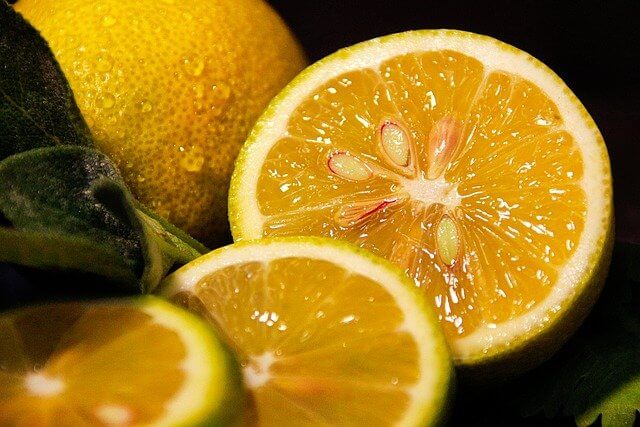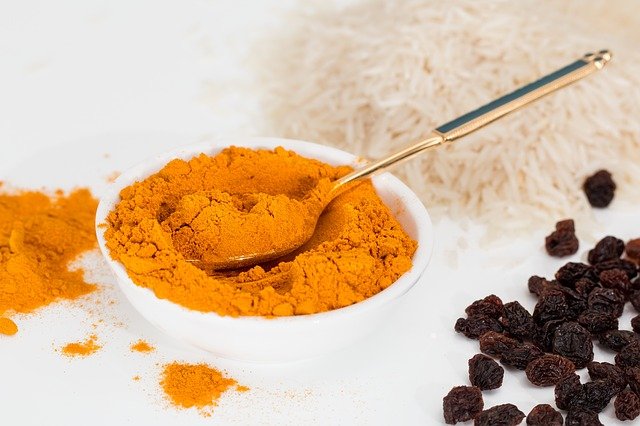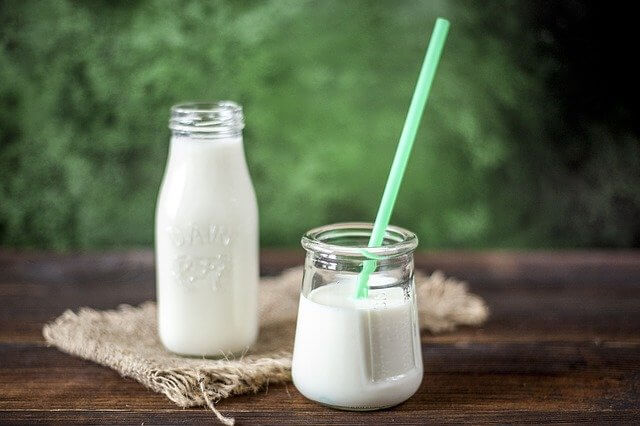Anal fissures are a prevalent issue, but they’re usually not a significant concern. They can affect people of all ages and stages of life, but they’re most common in infants and young children prone to constipation.
An anal fissure is a minor tear in the anus lining that can cause pain and bleeding when bowel motions are made.
Anal fissures can develop as a result of HIV, anal cancer, or tumors in rare circumstances, according to Dr. Dipesh Thacker, Bhuj’s fissure treatment specialist. The passing firm, dry feces most commonly cause fissures. Constipation, straining, and inflammatory bowel illness are other prominent causes.
Dr. Dipesh Thacker, the founder of Akshar Hospital in Bhuj, Gujarat, is a famous anorectal disease surgeon. He addresses a variety of ailments, including piles, fissures, and fistulas, among others.

He earned his bachelor’s degree in ayurvedic medicine and surgery from Gujarat Ayurved University in Jamnagar and his master’s degree in ayurvedic surgery from Maharashtra University of Health Sciences Nashik. He also earned a master’s degree in proctology from Mumbai’s Center for Excellence in Minimal Access Surgery Training (ceMAST).
Dr. Dipesh Thacker is a board-certified surgeon specializing in minimally invasive surgery and proctology. He is an expert in treating piles, both operational and non-operative, and has successfully treated numerous patients.
In addition, he occasionally attends camps to assist people in rural India. As a lecturer and panelist, he has been invited to various conferences across the country.
In most cases, anal fissures heal in 4–6 weeks. Although no single item can mend fissures, dietary and lifestyle changes can decrease pain and consequences connected with them.
If you have fissures, here are 9 foods that may assist.
- The papaya.
Papayas are high in enzymes, which may aid digestion.
Caracol, a papaya-based vitamin, has been found in studies to benefit persons with gastrointestinal dysfunction and digestive disorders with constipation and bloating.
Papayas are also hydrating due to their 88 percent water content. Getting adequate water can help avoid dehydration-related dry stools.
One large papaya provides 13 grams of fiber, approximately 50% and 34% of the daily fiber requirements for women and men, respectively. However, because papaya is heavy in fiber, don’t overeat it. High fiber intake has been linked to stomach pain in certain persons.
- Lemons.
One lemon’s juice contains 21% of an adult’s Daily Value (DV) for vitamin C.
Vitamin C is an antioxidant that aids in collagen formation and overall skin health. It’s been discovered to play a role in all stages of wound healing, and a lack of it can considerably slow down the healing process.

Because vitamin C is water-soluble and cannot be stored in the body, it is critical to consume enough vitamin C regularly. This will also encourage appropriate hydration, which will help to prevent constipation and dry stools. Lemons squeezed in water or tea are delicious.
- Bananas
Bananas are high in fiber, which may aid with constipation relief. According to one study, increasing fiber intake resulted in higher stool frequency and softer stool quality in 77% of persons with constipation.
The fiber content of one medium banana is 3 grams, making it a decent source of this vitamin. Fiber should be consumed by both men and women in 38 grams and 25 grams per day, respectively.
Your banana’s freshness is critical. Unripe bananas have a higher concentration of amylase-resistant starch, which might cause constipation. According to Dr. Dipesh Thacker, who performs fissure therapy in Bhuj, resistant starch in bananas drops as the fruit ripens.
- Oatmeal
Oatmeal is high in soluble fiber, which aids in the retention of water in your stools. This may help prevent fissures by preventing dry stools, which are a typical cause of fissures. Finally, eating more oatmeal and other soluble fiber-rich foods keeps stools soft and easy to pass.
Avenanthramides, which are anti-inflammatory chemicals found in oatmeal, are also present. Fighting inflammation is an essential component of the healing process for fissures, and this phytochemical may aid in that process.
- Turmeric
Curcumin, a component of turmeric, has long been known for its therapeutic qualities, including anti-inflammatory and antioxidant capabilities. Curcumin absorption is improved when turmeric and black pepper are combined.

Early research suggests that using turmeric topically can aid wound healing and skin issues.
- Ghee
Ghee is a popular Ayurvedic treatment for treating wounds.
Butyrate acid is found in ghee. Early research suggests that this fatty acid can help with digestion, and it’s being utilized more and more to treat and prevent gastrointestinal issues, including diarrhoea and irritable bowel syndrome (IBS).
Anecdotal evidence also suggests that ghee can be used as a natural laxative. Ayurvedic health practitioners recommend mixing 1 teaspoon of ghee with milk or water to improve regular bowel movements.
While this procedure is safe, it adds more saturated fat and calories to your diet, and there is no evidence that it has any benefits for this purpose.
- Milk
Another Ayurvedic therapy for fissure healing is milk. According to Dr. Dipesh Thacker, who conducts fissure treatment in Bhuj, milk will help mend fissures depending on how your body responds. It’s frequently suggested that it be taken with ghee to help with constipation.
Conjugated linoleic acid (CLA), a fatty acid, is found in higher fat milk. CLA supplementation may help lower inflammatory responses, according to some studies. Other research, however, has revealed that CLA supplementation may raise inflammatory marker levels. Furthermore, drinking milk has been associated with cracks in specific older research.

Constipation and fissures were linked to greater milk consumption in a study including 60 newborns and young toddlers. Another study found that 69 percent of patients who followed a milk-free diet for four weeks had healed fissures. However, when they restored milk into their diet, almost 20% of these people experienced a fissure recurrence.
According to the researchers, this is only significant to persons who are hypersensitive to milk proteins. It’s worth noting that milk is devoid of fiber, and a low-fiber diet is a primary cause of constipation.
- Foods that are high in probiotics
Ayurvedic medicine promotes curd as a treatment that focuses on the digestive tract and encourages regular, pain-free bowel motions. The core of this strategy is its probiotic potential.
Probiotics may help treat constipation depending on the strain. Milk is combined with an acid, such as lemon or vinegar, to make curd. Lactose is converted to lactic acid by live bacterial cultures.
However, not all curds include bacterial cultures that enhance digestive health and bowel motions by acting as probiotics. Homemade curds’ probiotic effects aren’t always consistent.
- Legumes
Zinc is abundant in legumes such as beans, chickpeas, and lentils, playing a significant role in wound healing. A zinc shortage can be a significant cause of tissue damage.
Zinc absorption may be improved by soaking, boiling, or sprouting beans before eating. Kidney beans, chickpeas, and lentils each contain 11 percent, 14 percent, and 20% of the daily value, respectively.
In addition to zinc, legumes are high in fiber, which softens and regulates stools and helps avoid fissures. According to Dr. Dipesh Thacker, who treats fissures in Bhuj, one cup of beans has 11–16 grams of this vitamin.
Zinc applied topically to an anal fissure may help relieve discomfort and expedite recovery, but see your doctor before doing so.
Other options for treating fissures
The majority of anal fissures heal on their own with correct nutrition and lifestyle practices. The methods listed below may aid in the healing process:
- using over-the-counter stool softeners
- taking a sitz bath for 10–15 minutes, especially after bowel movements
- increasing your fluid intake
- taking a fiber supplement, such as psyllium husk
- getting more exercise
- wearing loose, cotton underwear
Chronic fissures are defined as those that do not heal within 8 weeks. Consult your doctor at this stage, as you may require surgery. They might also look into any possible underlying causes.
Other helpful ways to help treat fissures
Specific diets and lifestyle changes may help your fissures heal faster and with less pain. It’s possible that eating meals high in fiber, vitamins C and zinc, and probiotics will help. Additionally, consuming lots of water and getting adequate exercise may be beneficial.
There are no quick solutions or miraculous meals for fissures, though. Consult your doctor if you have any questions or your fissure hasn’t healed after 8 weeks.






